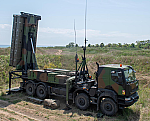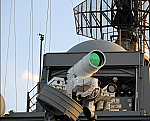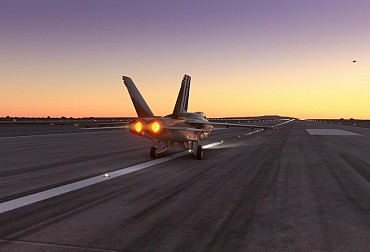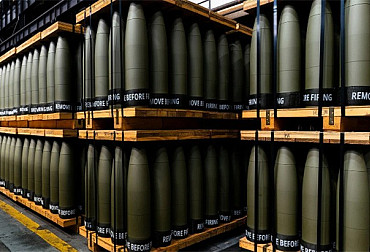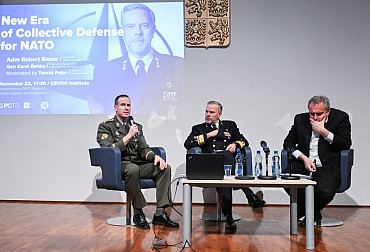Denmark to expand F-35 fleet and support delivery of 10 Patriot systems to Ukraine
Denmark is preparing to make significant new investments in its national defense and collective European security, with plans to acquire additional F-35 fighter jets and help spearhead a landmark initiative to supply 10 Patriot air defense systems to Ukraine. The announcements came during an event hosted by the Center for Strategic and International Studies (CSIS), where Danish Minister of Defence Troels Lund Poulsen outlined the country's evolving defense posture and transatlantic cooperation goals.
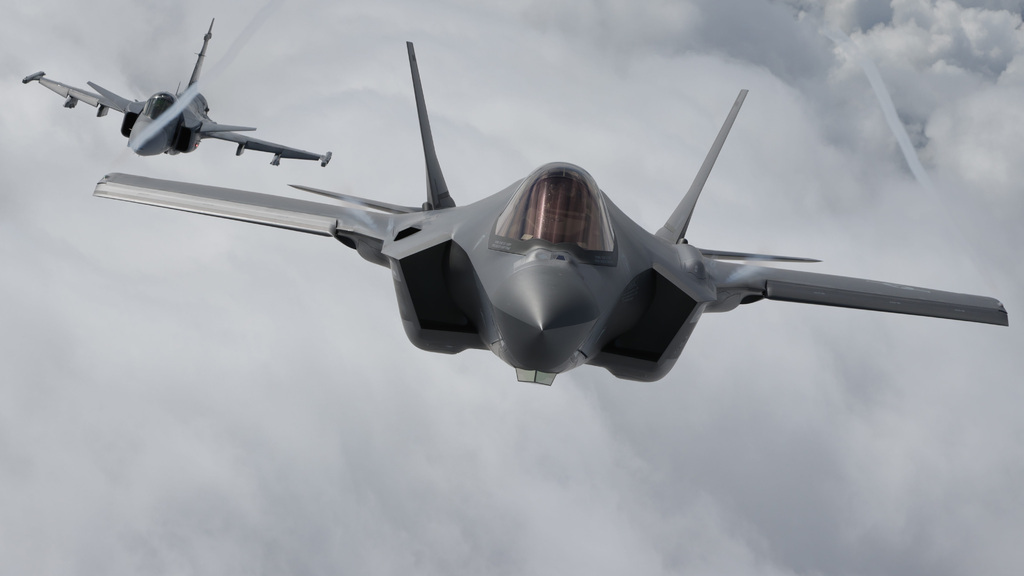
More F-35s for Denmark
Denmark has already committed to purchasing 27 F-35A Lightning II stealth fighter jets, with 15 delivered to date. Six of those are currently stationed in the U.S. for pilot training, while the remaining six are scheduled to arrive in Denmark by the end of 2026. However, Poulsen revealed that Denmark is now set to order at least 10 more aircraft, signaling a deepening commitment to the U.S.-built fifth-generation platform.
“Buying additional F-35 combat aircraft will be the way forward,” Poulsen said, although he declined to give an exact final figure beyond the initial 10. The aircraft are central to Denmark’s modernization of its air force and broader NATO obligations.
Patriot Breakthrough for Ukraine
In what may become a defining moment in European support for Ukraine, Poulsen also disclosed ongoing talks between the United States and several unnamed European allies to jointly purchase 10 U.S.-made Patriot air defense systems — all earmarked for donation to Ukraine.
Speaking at CSIS, Poulsen credited former U.S. President Donald Trump for unlocking a previously stalled avenue for these critical defense assets. “I think President Trump is on the right path here. He promised this would be a possibility. We are talking in these hours about 10 Patriot systems,” he said.
The announcement comes amid mounting pressure from Kyiv for advanced air defenses as Russia intensifies its long-range missile and drone assaults. The breakthrough is particularly notable because, as Poulsen explained, “the discussions two months ago were, in fact, that there were no more [Patriots] to buy here in the US.”
Trump, speaking at the NATO Summit and later to reporters during a meeting with Israeli Prime Minister Benjamin Netanyahu, confirmed that additional weapon deliveries to Ukraine were under active consideration. “We have to — they have to be able to defend themselves. They’re getting hit very hard,” he said.
Meanwhile, German Chancellor Friedrich Merz is also reported to have discussed a Patriot purchase with Trump in a recent phone call, according to Reuters, hinting at a broader European effort to source these systems from the U.S. defense industry.
Denmark Turns to Maritime Patrol Allies
In addition to air defense and fighter jets, Denmark is also revisiting its maritime surveillance capabilities. The Royal Danish Air Force has been exploring alternatives to its aging CL-604 Challenger fleet, which currently supports surveillance, search and rescue, and VIP transport operations.
Rather than acquiring new aircraft outright, Poulsen confirmed that Denmark plans to lease operational hours on existing Boeing P-8 Poseidon Maritime Patrol Aircraft, specifically those operated by Norway and Germany. “We are looking into buying flight hours from the P-8 system,” he stated, noting this as a more cost-effective and strategic approach.
Arctic Relations and Greenland Policy
Lars Løkke Rasmussen, Denmark’s Minister of Foreign Affairs, accompanied Poulsen on the U.S. trip and addressed questions surrounding Arctic sovereignty — particularly in light of Trump’s past suggestions to purchase or annex Greenland.
Rasmussen dismissed the notion of U.S. acquisition attempts, reaffirming Denmark’s “nothing about Greenland without Greenland” policy. “We can’t of course accommodate that vision of a bigger U.S.,” he remarked.
Nonetheless, he acknowledged shared U.S.-Danish strategic interests in the Arctic region, emphasizing that “it shouldn’t be a fight… it should be by combining forces, and we have the framework for that.”
Strategic Implications
Denmark’s evolving defense strategy reflects a broader European recalibration in response to both Russian aggression and shifting dynamics within the NATO alliance. By investing in next-generation aircraft and enabling direct support to Ukraine, Denmark positions itself as a proactive defense actor on the continent — while strengthening its bilateral ties with Washington.
As discussions over NATO burden-sharing and procurement intensify, Copenhagen’s multifaceted approach — blending procurement, leasing, and coalition-building — may serve as a model for other small and mid-sized allies navigating the complexities of 21st-century defense.



